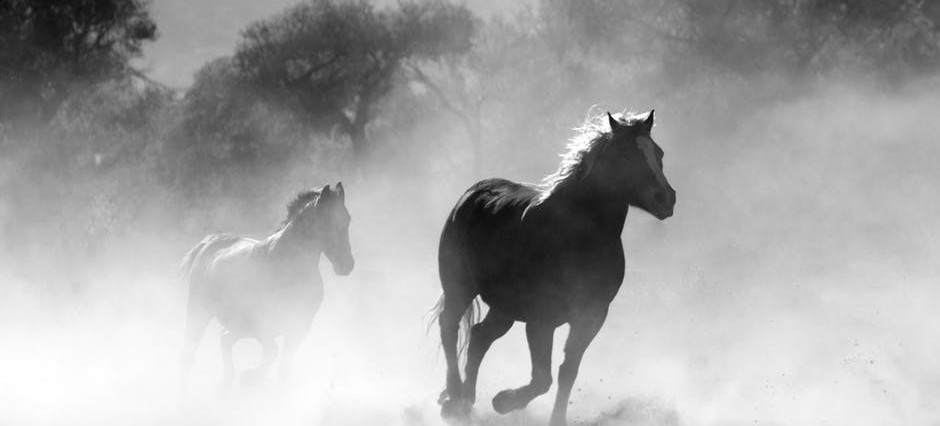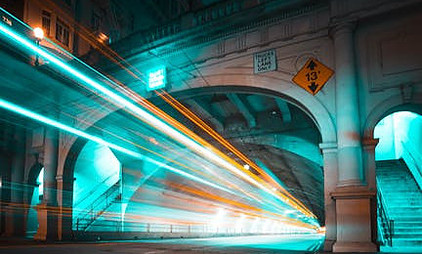When deciding to buy a home security camera, there are several questions one should answer before purchasing the camera. Some questions are related to how, when, and where the camera will be used, and some others are related to the video quality and functionality of the camera. The how, when, and where questions are a major determining factor on the camera video quality and functionality.
If the requirement is to record video 24/7, then perhaps an NVR should be used since storage on the cloud could be very expensive. It does not make sense to monitor the main entrance of the house 24/7 and store it on the cloud. It is a boring video with no added value. Additionally, it will take much longer to find an event, especially if the approximate time the event occurred is not known.
A home security camera with motion detection and alerting can help alleviate some concerns with storage and false alerts.

What is motion detection
Motion detection is the capability of a security camera to start recording automatically as soon as motion is detected. The following are some motion sensors that exist today:
- Passive Infrared (PIR)
- Computer Vision (CV)
- Microwave (MW)
- Dual Technology Motion Sensors
- Area Reflective Type
Security cameras use one of the first two motion detection technologies, PIR and CV
A PIR sensor monitors the ambient (surrounding) heat released by all living beings, and when significant temperature differential between the object and the background is detected, the camera starts recording and sends an alert.
CV analyses sequential live video frames and detects a motion event when there is a big enough change in the two frames. One of the easiest ways, is to look for a significant change in pixels over short periods of time. For example, a group of black pixels that was at this location during frame 1 moved to this location on frame 2.
PIR or CV motion detection
Each detection method has its pros and cons and here is a quick overview, and by all means not comprehensive
PIR is a more reliable detection method since it detects body heat. Therefore, moving objects such as curtains will not trigger recording or an alert, where the CV method will.
PIR cameras are usually on standby mode using low power, until they detect motion. Then they wake up to high power and start recording. CV on the other hand is always on high power analyzing the frames to detect motion.
PIR cameras, since they are on standby mode, it takes them few seconds to wake up and most likely critical details might be missed. CV cameras though are always on alert.
CV cameras allow much more scene analysis such as face recognition, but that depends on the software application used. These applications, depending on features, could cost a fortune.
Both cameras allow fine-tuning the motion detection areas, but CV, since it is software-based, offers more fine-tuning options.
Why use motion detection
Most of the newer WiFi surveillance cameras come with motion detection capabilities, but not all of them do. If motion detection is needed, it should be listed on the features list of the camera along with any other required features.
The main purpose of using a motion detection camera, is to alert the owner of the presence of an intruder, or an activity that is potentially worth of knowing about. In the simplest form, the alert will be sent to a smart personal device and using the camera’s app access the recorded relevant video and watch what triggered the alert.
You can use motion detection to save space on the storage device or the cloud storage. The camera will record whenever motion is detected. It should be pointed out that the video recorded will only show what happened from the moment the camera was triggered, and not what led to it.
Motion detection with alert/motion zones
The camera can be configured to record continuously but send alerts when motion is detected in a specific alert zone. The camera view can be divided into alert zones using the camera’ s software application. For example, the camera is set to monitor the driveway and the main entrance of the house. You like to know who entered the driveway, but you don’t want alerts unless someone is at the main entrance. You can configure the main entrance as an alert zone and when motion is detected in that zone the alert is sent.
The alert zones are a very nice feature for security cameras that will be used outdoors since they can minimize false alerts caused by the wind, or cars and people passing by.
The size of the alert zone is easily adjustable allowing fine-tuning and reduction of false alerts.
Scheduled Recording
Scheduled recording features of a camera can be used in conjunction with motion detection to save storage and bandwidth especially for cameras that are used indoors. For example, monitoring the kitchen during workdays, after school, to ensure the kids stay out of the kitchen dangers until one of the parents gets home.
Conclusion

New WiFi surveillance now days come equipped with motion detection. It will be easier to get a home surveillance camera with motion detection, than to get one without. It is a feature that can be used if needed, therefore it is worth having it, especially since the WiFi security cameras are easily moved from one location to another one. When a camera is moved to a new location, one should keep in mind that indoor cameras will not last long outdoors due to weather conditions. On the other hand, outdoor cameras can be used indoors without issues.
The type of motion detection method is also important and the surveillance camera should be selected based on requirements and needs. It goes without saying that what we think the requirements are before the camera installation and the money spend, might not be what the same after the camera installation, especially with motion detection methods. It is recommended to create a list of requirements and purchase the camera according to the requirements list.
Please leave your comments and feedback below.
Thank you


Great Article. I am currently looking at CCTV cameras for my back garden as the access can be quite easy over our fence. This post has helped me look into the correct type of camera thank you
Thank you Russ. I really appreciate your comments. All the best
Wow, I do not know there is so many key points to be focused before purchasing a home security cameras. Very informative.
Hey,
This is an excellent article as I am looking for a home security camera for our front garden. There has been some issues around the neighbourhood with break ins, and I need to make sure it doesn’t happen to us. Motion detection will help us even more.
Thank you for sharing, and keep up the amazing work on your site.
All the best,
Tom
Very interesting article, in-depth and useful to readers.
Love the structure of this too, kept me interested and wanting to read on which for me is a key tactic, congrats 🙂
Thanks for writing and sharing this with us all!
Thank you Jason. I am glad you found it interesting and informative
This is quite mind-opening. My dad has been talking about security cameras with motion detection for sometime now and I think your article just made me realize exactly what he was talking about. I’m definitely upgrading his home security camera system. The ones with motion detection seem to take the guesswork out of security.